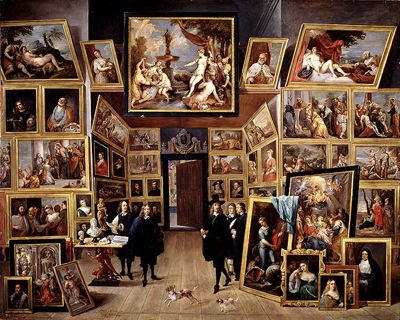In previous weeks I have discussed the term ‘post’ in relation to postcards, blogging and networks, as well as the Post-Internet phenomenon. Post-Internet art explores artists relationships to the web and the way that it is changing artistic production. Nicolas Bourriaud has previously framed these new forms of art making as part of a broader pattern, which he refers to as ‘Post production’. In this case, “the prefix ‘post’ does not signal any negation or surpassing; it refers to a zone of activity”.
Post production
In his book of the same name, Bourriaud outlines the term ‘post production’ as an analogy for artistic practices: “Post production is a technical term from the audiovisual vocabulary used in television, film, and video. It refers to the set of processes applied to recorded material: montage, the inclusion of other visual or audio sources, subtitling, voice-overs, and special effects. As a set of activities linked to the service industry and recycling, post production belongs to the tertiary sector, as opposed to the industrial or agricultural sector, i.e., the production of raw materials”. In other words, artists are increasingly making work as references, interpretations or reproductions of pre-existing forms of art and culture.
He describes this practice as “the eradication of the traditional distinction between production and consumption”, otherwise referred to as prosumer culture, which has become more prevalent with the expansion of Web 2.0. Writing in 2002, Bourriaud situated this as a recent phenomenon and suggested that this was in response to the ever increasing proliferation of forms and images available to us through the expansion of the internet. However, these types of behaviours have previously been theorised in relation to neomedievalism, and can also be seen in the work of artists throughout history (see image).
Neomedievalism
I first encountered the term ‘neomedievalism‘ back at the start of my PhD, so it’s interesting to come full circle, especially in light of all the additional research I’ve done around my topic in relation to Aby Warburg. The relationship between post production, prosumer culture and neomedievalism is addressed in my earlier blogpost on the neomedieval economy.
“The neomedieval economy references changes in the means of production made necessary due to large scale pandemic [or similar economic disaster. In 1349] in the aftermath of the Black Death, with the population of Europe having been severely diminished, improved production methods were required to make up for the decrease in skilled labour. In his book, Makers: The New Industrial Revolution, Chris Anderson suggests a marked development of this kind of ‘prosumer’ society, where DIY culture, coupled with increased access to new technology, leads to more opportunities for democratising production processes in a similar way to the post-plague era”.
Categories of post production
However, although Bourriaud’s ‘post production’ appears to be based on the false premise of ‘new’ responses and behaviours by artists, his book does outline some of the developments of these practices including artists working self-reflexively and questioning a particular “modernist ideology of originality”, alongside the increase and development of new technologies to enable the acquisition, reproduction and dissemination of new works.
He separates the artists into categories in order to describe the ways in which they remix art and popular culture. These categories include works that make use of existing art objects, images, styles, and forms to explore how artists “testify to a willingness to inscribe the work of art within a network of signs and significations, instead of considering it an autonomous or original form”. Particular examples of this type of practice include Mike Kelley and Paul McCarthy’s use of actors and models to produce new interpretations of Vito Acconci’s work in ‘Fresh Acconci’ (1995), and Douglas Gordon’s ’24 Hour Psycho’ (1997) in which the artist projected a version of the Alfred Hitchcock film which had been slowed down to run for 24 hours.
Labour and capital
Another theme running through these practices is one of labour and capital. The artists’ use of objects which have already been produced, Bourriaud argues, references Marx’s theories of capital: “a mixture of accumulated labor and tools of production”. He cites Marcel Duchamp’s readymade ‘Bottle Rack’ as a work which brought “the capitalist process of production… into the sphere of art, while at the same time indexing the role of the artist to the world of exchange”.
Bourriaud concludes that contemporary artists building on these traditions of the readymade may also be responding to the abstraction of economic globalisation, of which prosumer culture is a part: “Art tends to give shape and weight to the most invisible processes. When entire sections of our existence spiral into abstraction as a result of economic globalization, when the basic functions of our daily lives are slowly transformed into products of consumption (including human relations, which are becoming a full-fledged industrial concern), it seems highly logical that artists might seek to rematerialize these functions and processes… Not as objects, which would be to fall into the trap of reification, but as mediums of experience: by striving to shatter the logic of the spectacle, art restores the world to us as an experience to be lived. Since the economic system gradually deprives us of this experience, modes of representation must be invented for a reality that is becoming more abstract each day”.
Further information:
http://www.cobgallery.com/?exhibition=pastiche-parody-piracy
https://www.gov.uk/government/uploads/system/uploads/attachment_data/file/315025/copyright-guidance-creatorsowners.pdf

